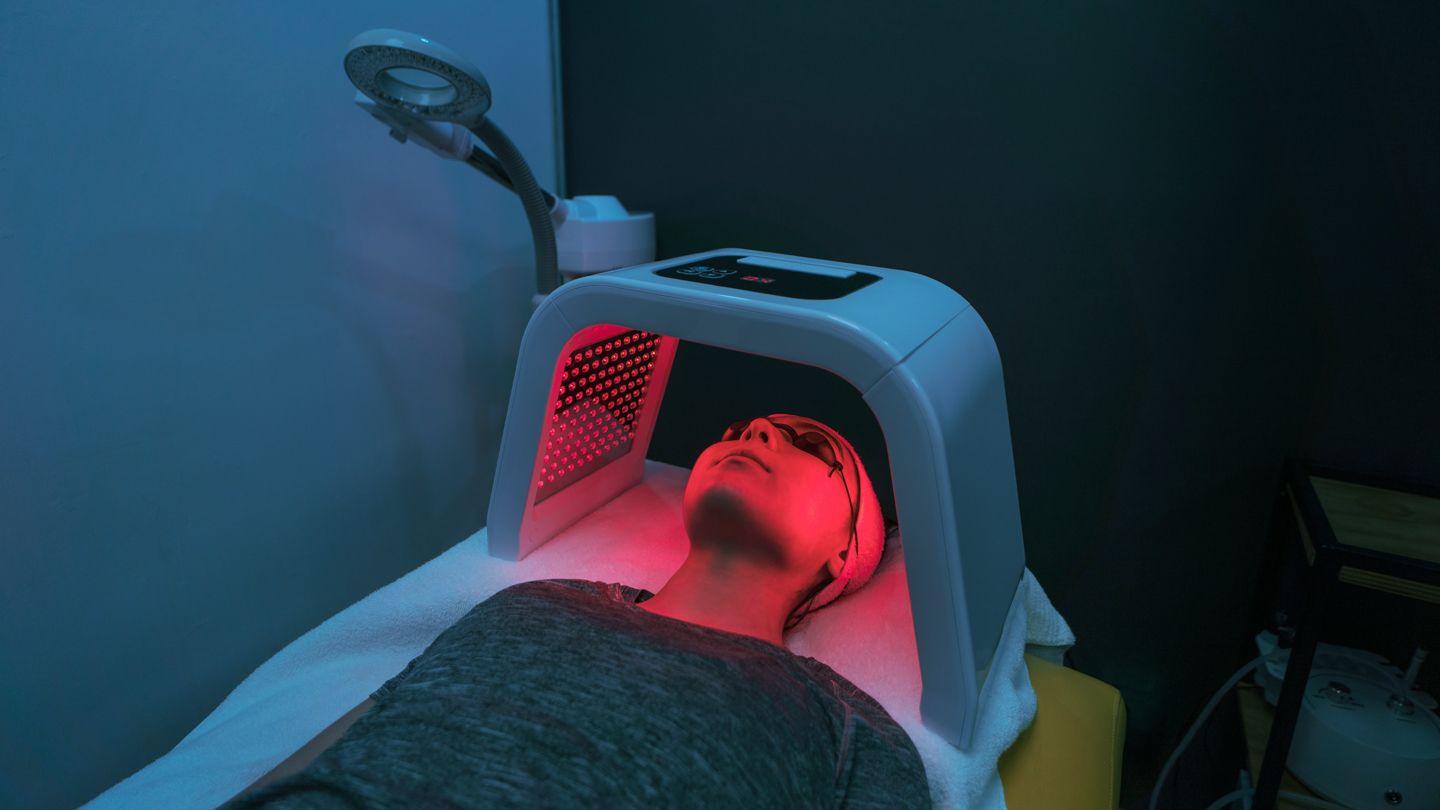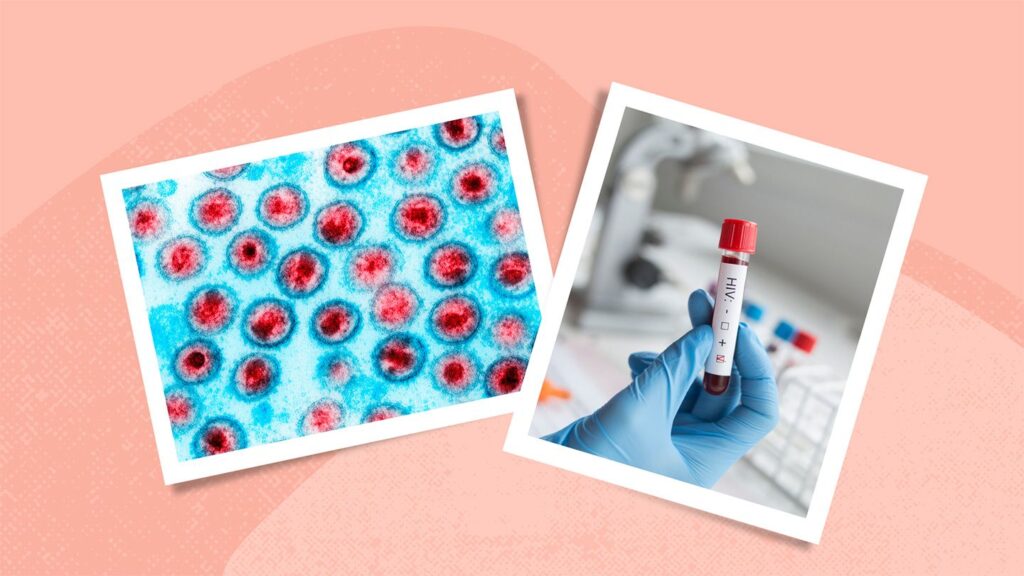Blue, green, and red light have all been effectively used for PBM treatment, he says. Near-infrared light, which is a longer wavelength light (up to 1,200 nm), is also used in PBM and is available in infrared saunas. While this light may appear red, in reality infrared light is not visible, and instead heats the body from within to drive physiological changes.
Red light therapy, in particular, has grown in popularity in recent years and is perhaps the best known and easiest to access. “Red light devices are easier to manufacture and are widely available,” Arany says.
For red light therapy to work, specific protocols and dosages have to be used, depending on your health issue, which is why a knowledgeable practitioner is so important, says Arany. If possible, get this treatment at a hospital, university, or doctor’s office. He recommends against red light therapy at salons or spas.
Red light devices can be purchased and used at home for skin care, and these are typically safe to use as directed, says Dr. Jagdeo.



